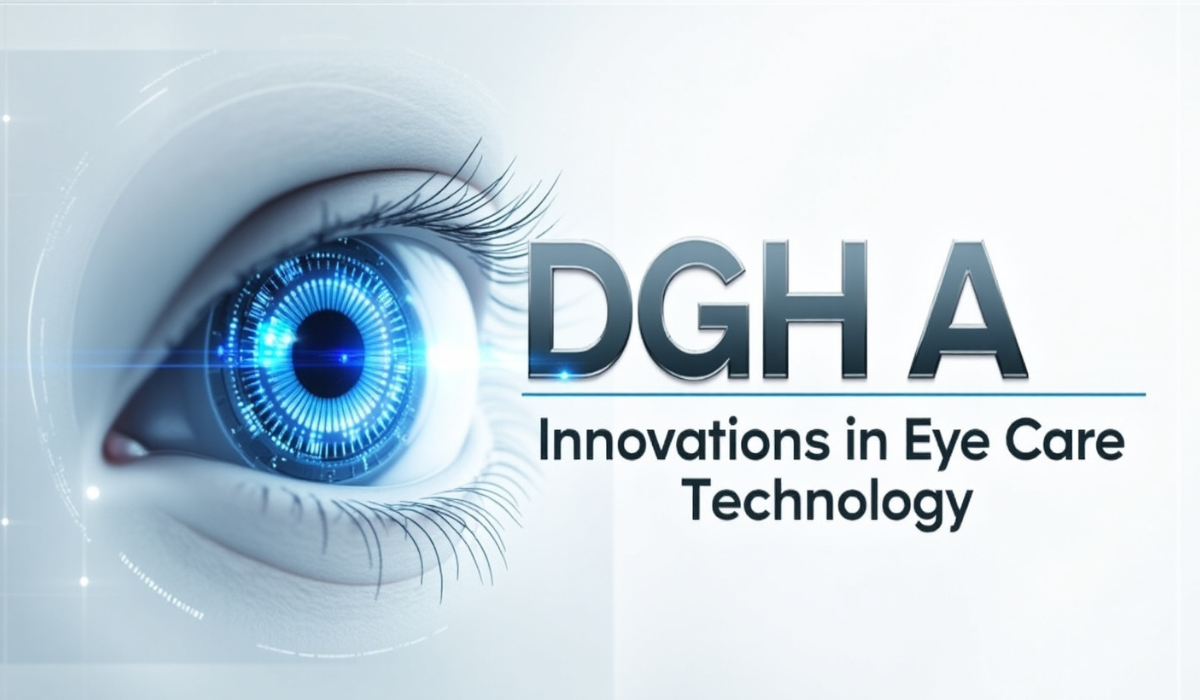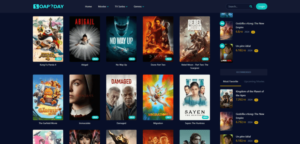Discover the DGH A-Scan: Revolutionizing Eye Measurements for Better Vision Care
Have you ever wondered how eye doctors precisely measure your eye’s length to ensure perfect lens implants during cataract surgery? The DGH A-Scan stands out as a game-changer in ophthalmic diagnostics, offering portability and accuracy that fit seamlessly into your busy clinic. This tool empowers you to deliver top-notch care without compromising on efficiency.
What Is the DGH A-Scan?
The DGH A-Scan refers to the Scanmate A, a cutting-edge ultrasonic device developed by DGH Technology Inc. It specializes in A-Scan biometry, which measures the axial length of your eye. Eye care professionals rely on this for calculating intraocular lens power before surgery.
DGH Technology focuses on creating reliable, affordable ophthalmic ultrasound tools. Their lineup includes pachymeters for corneal thickness measurements and B-Scans for detailed eye imaging. The Scanmate A builds on this foundation, integrating advanced software with hardware for precise results.
This device transforms traditional eye measurements by connecting directly to your Windows computer via USB. You get real-time data analysis, making it easier to spot issues like misalignment during scans.
Key Features of the DGH 6000 Scanmate A
You will appreciate the user-friendly features that set the DGH 6000 Scanmate A apart. It includes a unique grading algorithm that rates probe alignment with one to three stars, where three stars signal optimal positioning. Audible tones guide you to adjust the probe angle swiftly.
The compression lockout feature prevents inaccurate readings from corneal pressure in contact mode. You can set sensitivity levels, and the system alerts you with sounds to ease off if needed. This ensures your measurements stay reliable every time.
For versatility, the device supports both contact and immersion modes. The included Prager Shell facilitates immersion scans, where ultrasound waves travel through water to avoid deforming the cornea. You also gain access to multiple IOL formulas, such as SRK/T and Hoffer Q, plus post-refractive options like Double K.
The software stands out with its unrestricted license. Install it on multiple computers in your practice, and use the searchable patient database for quick record access. Backup tools keep your data safe, and customizable reports export easily to PDF or your EMR system.
In myopia management, the DGH A-Scan tracks axial length changes over time. Generate progression reports to monitor patients and adjust treatments accordingly. This feature helps you stay ahead in preventing vision deterioration.
How the DGH A-Scan Works
Start by entering patient details into the Scanmate software on your computer. Connect the probe via USB, and select A-Scan mode to begin. The 10 MHz transducer sends ultrasonic pulses into the eye, capturing echoes from structures like the cornea, lens, and retina.
In contact mode, place the probe directly on the cornea. The system analyzes waveforms instantly, flagging compression or poor alignment with feedback. Switch to immersion mode for even greater precision; fill the Prager Shell with water, and position it over the eye.
Once you acquire measurements, the software calculates IOL powers using your chosen formulas. Review data on-screen, save videos of scans, or print reports. The entire process takes minutes, fitting smoothly into your workflow.
You can configure velocities for different eye types, from normal to pseudophakic with silicone oil. This customization ensures accuracy across diverse patient cases.
Benefits for Eye Care Professionals
Imagine reducing measurement errors that could affect surgical outcomes. The DGH A-Scan’s real-time guidance minimizes retakes, saving you time in a packed schedule. Its portable design means no bulky equipment; just plug it into your existing PC.
Accuracy shines through with a resolution of 0.01 mm and repeatability of ±0.03 mm in immersion mode. You deliver confident IOL calculations, leading to better patient satisfaction and fewer complications.
For practice efficiency, the networkable software streamlines data management. Share reports instantly with colleagues or integrate them into your electronic health records. This keeps your operations running smoothly.
In myopia programs, consistent tracking helps you intervene early. Patients benefit from personalized plans, potentially slowing progression and preserving vision longer.
Affordability adds appeal. DGH offers trade-in discounts, extended warranties, and flexible financing for U.S. buyers. You invest in quality without breaking the bank.
Applications in Ophthalmology
Cataract surgeons use the DGH A-Scan daily for pre-op planning. Accurate axial length measurements ensure the right IOL power, especially in post-refractive cases where formulas like Shammas adjust for prior surgeries.
Optometrists monitoring myopia find it invaluable. Track young patients’ eye growth and evaluate treatments like orthokeratology or atropine drops.
In general eye clinics, it aids diagnosing conditions involving eye length anomalies. Combine it with DGH pachymeters for comprehensive assessments.
You might explore related tools on the same site, such as B-Scans for imaging or pachymeters for corneal health checks.
Technical Specifications
The DGH 6000 Scanmate A packs power into a compact form. Here’s a breakdown:
| Category | Details |
| Probe | 10 MHz fixed single-element transducer; 2.75″ L x 0.25″ diameter |
| Measurement Ranges | Axial Length: 15-40 mm; ACD: 2-6 mm; Lens Thickness: 2-7.5 mm |
| Accuracy | Resolution: 0.01 mm; Repeatability: ±0.03 mm (immersion) |
| Dimensions & Weight | Unit: 5.73″ L x 3.45″ W x 1.50″ H; Weight: <1 lb (unit), 2 lbs (kit) |
| Connectivity | USB (Micro to USB 2.0+) |
| System Requirements | Windows 10+ (64-bit); Intel i3+ processor; 4 GB RAM; 128 GB storage |
These specs make it ideal for mobile or small-space practices.
You handle various eye types effortlessly, from dense cataracts to silicone-filled vitreous.
The DGH A-Scan elevates your practice by blending innovation with practicality. Embrace this tool to enhance diagnostics and patient outcomes today.
FAQ
What is a DGH A-Scan used for?
The DGH A-Scan measures eye axial length for IOL calculations in cataract surgery and tracks progression in myopia management. It provides precise data to guide treatments.
How does the Scanmate A differ from traditional A-Scans?
Unlike older models, the Scanmate A offers portable USB connectivity, real-time alignment feedback, and compression detection, making it more user-friendly and accurate for modern clinics.
Can I use the DGH A-Scan for immersion measurements?
Yes, it supports immersion mode with the included Prager Shell, which prevents corneal deformation for higher precision in axial length measurements.
What IOL formulas does the DGH 6000 support?
It includes formulas like SRK/T, Holladay 1, Hoffer Q, and post-refractive options such as Double K and Shammas, covering various eye types and surgical histories.
Is the software for the DGH A-Scan easy to integrate with my practice?
Absolutely, the unrestricted license allows multi-computer installation, and it features EMR compatibility, searchable databases, and customizable reports for seamless workflow.
How accurate is the DGH A-Scan?
It delivers 0.01 mm resolution and ±0.03 mm repeatability in immersion mode, ensuring reliable results for IOL power calculations and myopia tracking.
Does the DGH A-Scan help with myopia management?
Yes, it generates axial length progression reports to monitor changes over time, helping you tailor interventions for patients at risk of progressive myopia.
What are the system requirements for the Scanmate A software?
You need a Windows 10 or higher PC with an Intel i3 processor, 4 GB RAM, and USB ports. It’s designed for easy setup on existing hardware.
Can I export reports from the DGH A-Scan?
Reports export to PDF and integrate with EHR systems. You create professional summaries with one click, including IOL data and scan reviews.
Is the DGH A-Scan portable for use in multiple locations?
Its lightweight design and USB connection make it highly portable. Carry it between exam rooms or sites without needing dedicated equipment.














Post Comment